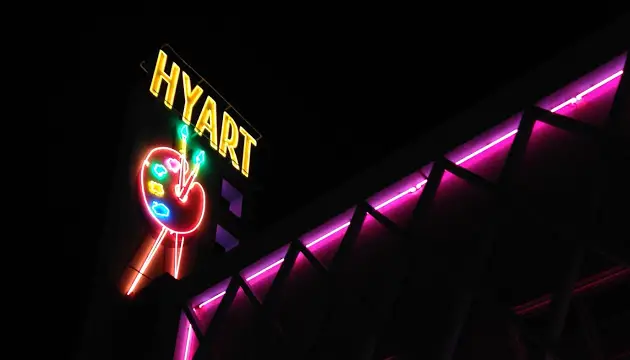Come explore Bighorn Canyon National Recreation area. Located just 10 miles up highway 37, outside of Lovell, Wyoming. Bighorn Canyon NRA offers many recreational opportunities from boating on the lake, camping, hiking, learning about historic ranches, and wildlife viewings. The Bighorn Canyon NRA is split into two parts. The first part is in Fort Smith Montana, where the Yellowtail dam is Located. The second half is located just outside of Lovell. It has 4 historic ranches: the Lockhart ranch, the Ewing-Snell ranch, Hillsboro, and the Mason-Lovell ranch. With amazing views of the third largest canyon in the nation, you also have opportunities to see a variety of raptors, bighorn sheep and Pryor Mountain Wild Mustangs.
Lovell, WY
82431
The Lovell-Kane Area Museum is dedicated to the preservation of the heritage of the towns of Lovell and Kane, Wyoming and surrounding areas,
The Lovell-Kane Area Museum is a nonprofit museum whose mission is to preserve and interpret the history of the Lovell-Kane Area; ( including Kane, Dryhead, Hillsboro, Himes, Spence, and Iona (1880-1965)), and to increase awareness and knowledge of the people, and the historical and cultural development of the area.
Lovell, WY
82431
SUMMER SHOWTIMES: Thursday, Friday - 7pmnn Saturday- 3pm, 7pmnnWINTER SHOWTIMES: Friday - 7pmnn Saturday- 3pm, 7pmnnnn nn nn nn"The Hyart Theater was built in Lovell by Hyrum "Hy" Bischoff in 1950. It is a rare Wyoming example of a cinema from the early 1950s. The building is notable for the turquoise-colored metal lattice screen that covers a pink metal facade, as well as for its tall neon pylon sign.nnDan Bischoff (1870-1936) bought the Armada Theater in Lovell in 1913 and converted it into a cinema. His son Hy took over the business on his father's death and operated two Armada theaters. Determining to build a new cinema, Hy toured the mountain states region looking at other cinemas. The 1949 Villa Theater in Salt Lake City particularly impressed Bischoff, and he modeled the Hyart's lobby after the Villa's. Bischoff designed his new theater and directed the construction. Owing to shortages of steel during the Korean War, Bischoff obtained salvaged rails from the mines at Bearcreek, Montana, and had them fashioned into steel roof trusses.nnThe two story building measures approximately 224 feet (68 m) deep by 70 feet (21 m) wide, facing onto Main Street. The walls are clay tile faced with brick, while the lower portion of the street facade is faced with small brick-like slabs of rhyolite from Idaho Falls, Idaho. The upper part of the street elevation is covered with pink sheet metal and screened by an elaborate diagonal lattice of turquoise metal. An office and apartment are located on the second floor, with eight windows behind the lattice. Pink neon lights outline the facade behind the lattice. A tall pylon features a neon-lighted artist's palette and the word HYART at a right angle to the street.nnThe interior features the original carpeting and painted scrollwork above paneling. Originally seating 1001, the Hyart now seats 940, including a balcony with more than 200 seats. The theater features a soundproof "crying room" for parents with crying babies."
82431


